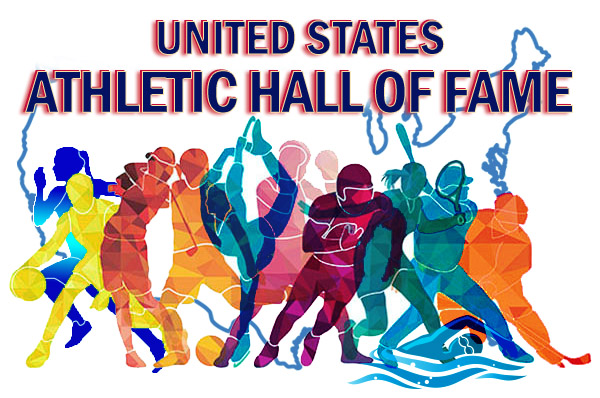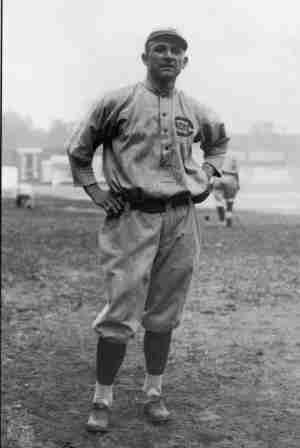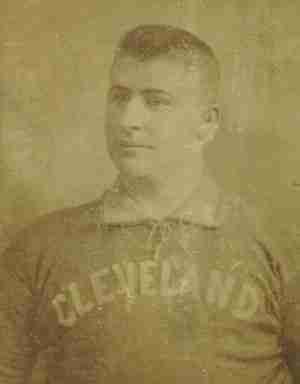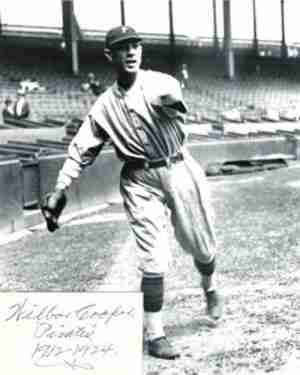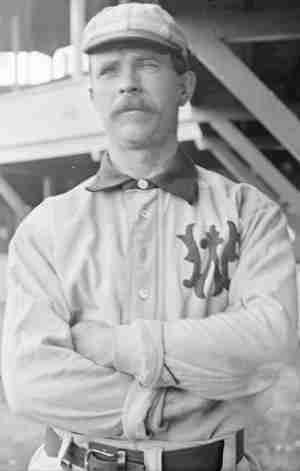Site Admin
66. Heinie Groh
Considered by baseball historians to be the best Third Baseman of the Deadball Era, Heinie Groh quietly won two World Series Rings; one controversially with the Reds in 1919 and another with the Giants in 1922. It was in Cincinnati that Groh had his best seasons, where he twice led the National League in On Base Percentage and was a hit and run machine. He was also considered amongst the best defensive player at his position in his era. This has garnered Heinie Groh a second look from a lot of modern baseball pundits as though his traditional accumulative stats do not reflect a Hall of Fame baseball player, his Sabremetric ones paint a different possibility.
128. Cupid Childs
A slick hitting Second Baseman, who was pretty good on the field too, Cupid Childs was one of the top stars for the Cleveland Spiders and was one of the top leadoff hitters in the 1890’s
97. Wilbur Cooper
38. Bob Caruthers
For about six seasons, Bob Caruthers was considered one of the best pitchers in baseball. Sadly, as his career only lasted nine seasons his impact in the game may not have allowed him to cement himself as one of the great early pitchers.
